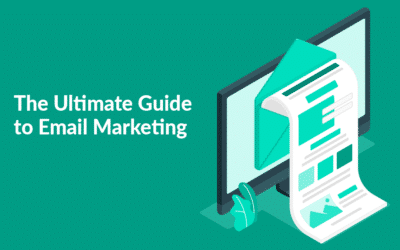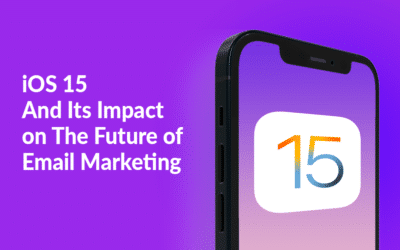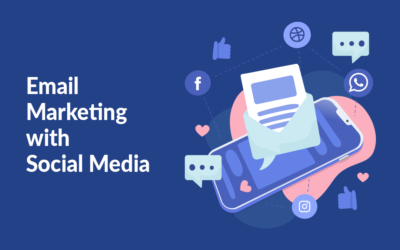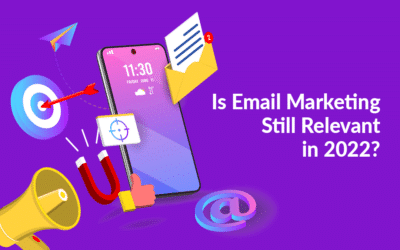B2B Email Marketing is a powerful tool that allows you to reach out to your customers, build relationships, and ultimately generate more sales. However, with so many businesses using Email Marketing, it can be difficult to stand out from the crowd. To help you get the most out of your B2B Email Marketing campaigns, we have put together this guide to best practices.
Segment your email list
Segmenting your email list is one of the most important things you can do for your Email Marketing campaigns. By segmenting your list, you can send targeted emails that are more relevant to each recipient. This will increase the chances of your emails being opened, read, and acted upon.
To segment your email list, you can use a variety of criteria such as job title, industry, company size, or past purchase behavior. You can also segment your list based on where the recipient is in the sales funnel, such as leads, prospects, or customers. By segmenting the email list, you will both ensure better engagement, but also save time each time you need to push out a new B2B Email Marketing campaign.
Personalize your B2B Emails Marketing
Personalization is key to successful B2B Email Marketing. People are more likely to open and engage with emails that speak directly to them. Personalization can include everything from addressing the recipient by name to tailoring the content of the email to their specific interests.
Personalization can also extend to the design of your emails. For example, you could use personalized images in your emails to make them more engaging and memorable. Personalization of B2B Email Marketing is easily done with a Customer Data Platform that either integrates with or is a built-in part of your Email Marketing platform.
Use a clear and concise subject line
The subject line is the first thing that recipients will see when they receive your email. If the subject line doesn’t grab their attention and make them want to open the email, they are unlikely to do so.
When working with B2B Email Marketing it is important that your emails stand out from the mass of other emails in the inbox. You do not get many chances in B2B Email Marketing. If the recipient is in doubt about your message and its relevance your email will end up in deleted mail after 2 seconds and will never be opened or interacted with.
Create a compelling subject line, keep it clear and concise. Use action-oriented language. And include the most important information at the beginning of the subject line.
Optimize your B2B Email Marketing designs
The design of your B2B Email Marketing is crucial to their success. Your emails should be visually appealing, easy to read, and optimized for both desktop and mobile devices. Use a mix of text, images, and videos to make your emails more engaging.
It’s also important to use a consistent design across all your emails. This will help build brand recognition and make your emails more memorable.
Include a clear and compelling call to action
Every email you send should have a clear and compelling call to action (CTA). The CTA should be prominently displayed and encourage the recipient to take a specific action, such as downloading a whitepaper, registering for a webinar, or scheduling a demo.
Make sure the CTA is relevant to the recipient and matches their stage in the sales funnel. For example, you might use a “Download Now” CTA for leads and a “Schedule a Demo” CTA for prospects.
Test your B2B Email Marketing
Testing is essential when it comes to B2B Email Marketing. A/B testing allows you to try out different elements of your emails and see which ones perform the best. You could test different subject lines, email designs, CTAs, and more.
It is important to test one element at a time so that you can accurately measure the impact of each change. Once you have identified the best performing elements, you can incorporate them into future Email Marketing campaigns.
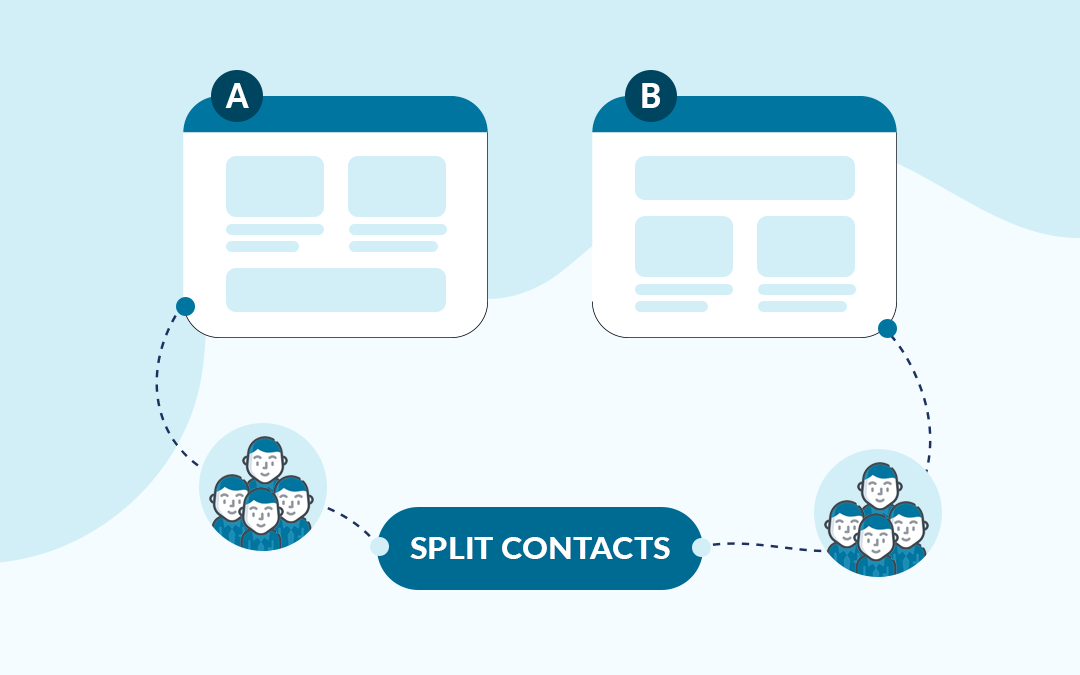
Qualify your leads with Lead Scoring
Lead Scoring is essential for any B2B Email Marketing campaign. By evaluating a lead’s level of interest and engagement with your business, you can:
- more efficiently target your B2B Email Marketing,
- optimize communication, and
- ultimately drive sales growth through timely and relevant communication.
Automate your B2B Email Marketing efforts for better consistency and results
Email automation flows allow for personalized and targeted emails to be sent to specific individuals based on their behavior and preferences. This leads to:
- higher engagement rates,
- increased efficiency, and
- better ROI for B2B Email Marketing campaigns.
It also allows for easier tracking and analysis of campaign performance.
Measure and analyze your B2B Email Marketing
Measuring and analyzing your B2B Email Marketing results is crucial to understanding how your campaigns are performing. By tracking metrics such as open rates, click-through rates, and conversion rates, you can see what is working well and where you need to make improvements.
Use this information to fine-tune your Email Marketing strategy and improve your future campaigns. You should also use the insights gathered from your measurement and analysis to optimize your messaging and offers moving forward.
Summary
B2B Email Marketing is a powerful tool for:
- reaching out to customers,
- building relationships, and
- generating sales.
However, it is important to stand out in a crowded market. Best practices for B2B Email Marketing includes:
- segmenting email lists
- personalizing emails
- using clear and concise subject lines
- optimizing email design
- including strong calls to action
- testing email campaigns and
- measuring and analyzing results.
Segmenting email lists allows for targeted and relevant emails based on criteria such as job title, industry, or purchase behavior. Personalization includes using customer data to tailor content and design personalized images. Subject lines should be clear, concise, and action-oriented to increase engagement. Email design should be visually appealing, easy-to-read, and optimized for mobile and desktop devices.
Every email should have a strong, clear call to action relevant to the recipient and stage in the sales funnel. Testing one element at a time – subject lines, email designs, and calls to action – is essential for optimizing campaigns. Lead Scoring is also important for evaluating interest and engagement with the business.
Automating email campaigns with personalized flows leads to higher engagement, increased efficiency, and better ROI. Measuring and analyzing results by tracking open rates, click-through rates, and conversion rates can help fine-tune Email Marketing strategies for better results in the future.
This blog post has also appeared in a MarketingPlatform Newsletter.
Author: Theodor Nørgaard, head of marketing & digital
Try MarketingPlatform for free for 14 days
The trial period is free, completely non-binding and expires after 14 days if you do not wish to continue.
When you sign up, you will also receive our educational flow via a series of emails along with our newsletter with regular updates.


